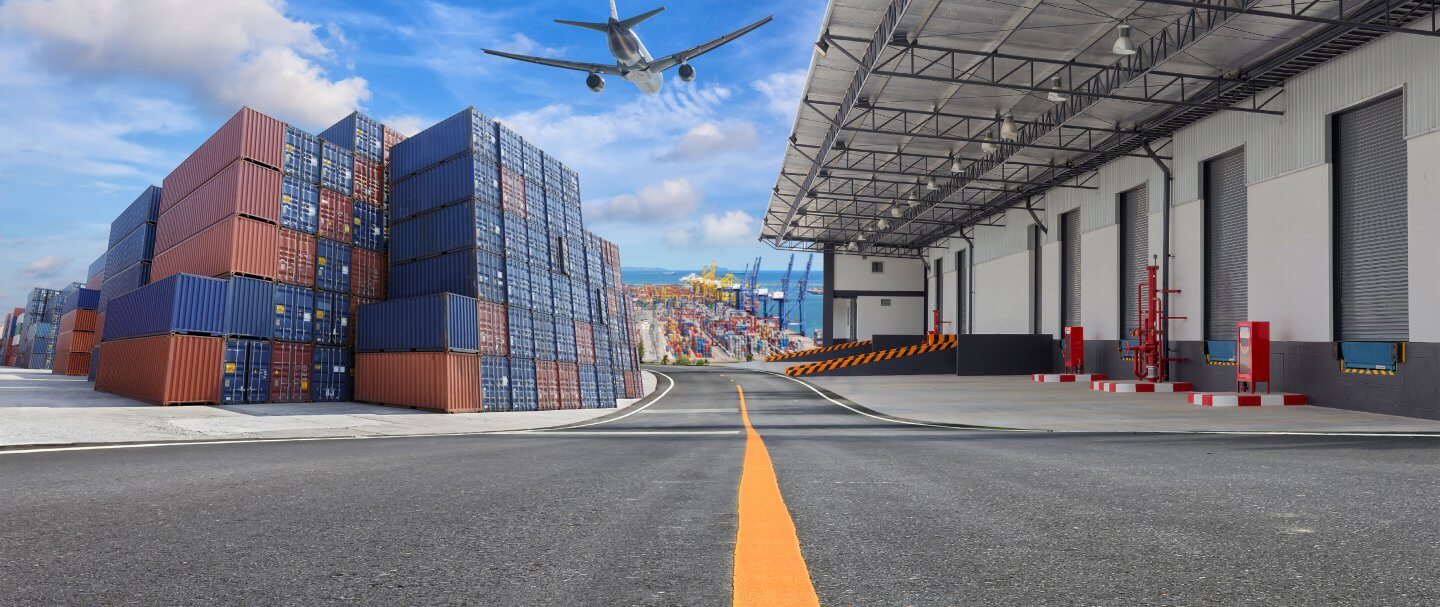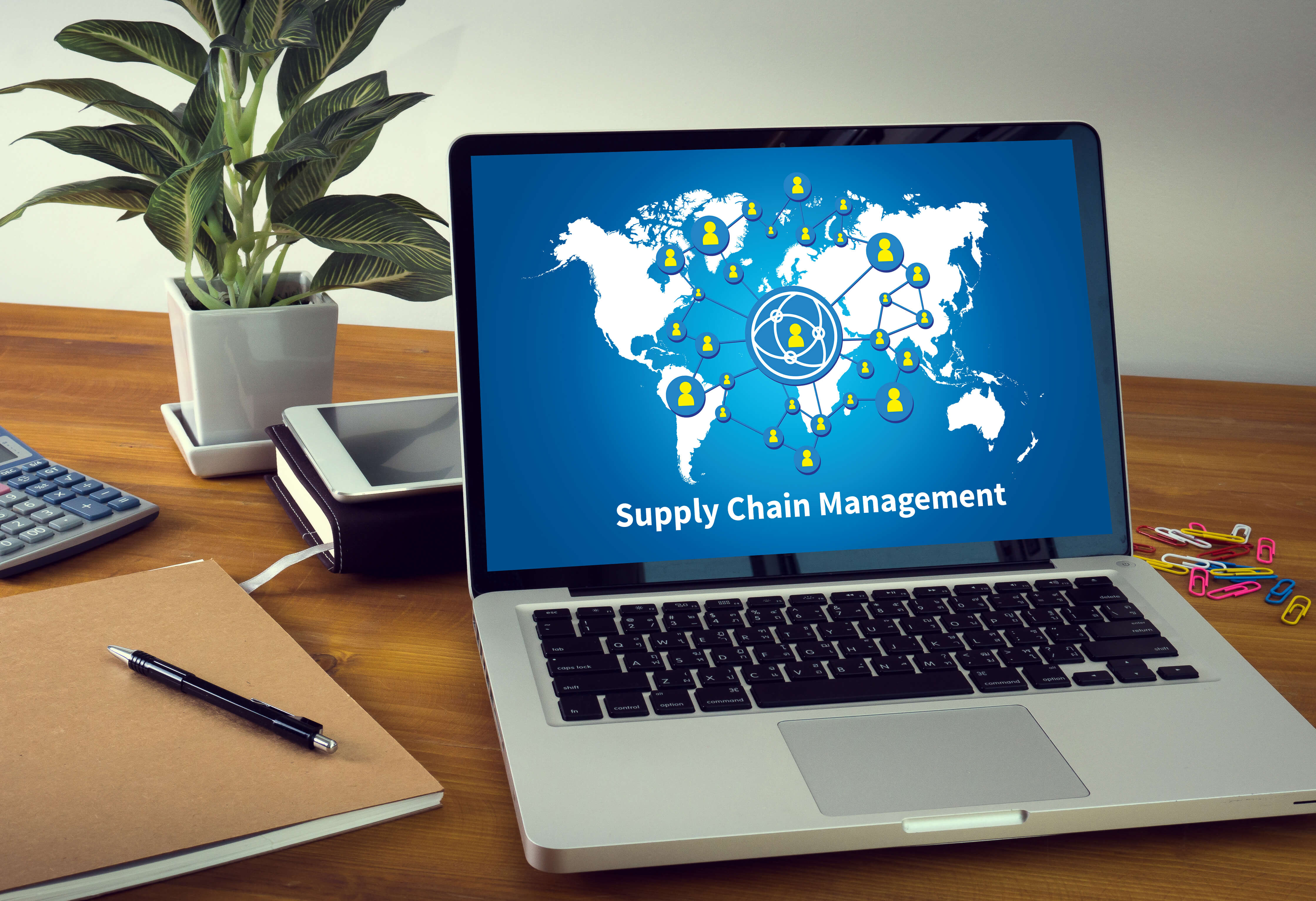
The rules of the game are changing — your supply chain must too

Good supply chain management is essential to your operational efficiency, customer centricity, compliance, carbon footprint, and ultimately, your overall success. If handled correctly, your supply chain should improve customer service — along with the reputation of your brand — and boost your bottom line. But, as with many areas of business, the rules of the game are changing.
What’s changing? Well, everything. New regulations, increased buyer expectations, shorter product lifecycles, fluctuations in demand, new market entrants, more ethical supplier management, poor visibility of globalized supply chains — all these things, and more, are testing the limits of the traditional supply chain model. The simple truth is that the way things used to be done, and the solutions that enabled it, are no longer up to the job.
Today, organizations need levels of flexibility, integration, and visibility that are beyond what those systems were designed to deliver.
Can traditional supply chains keep up with the world today?
A traditional supply chain can add unnecessary expense to innovation, and may lack the flexibility needed to respond appropriately and quickly to a changing business landscape. In fact, it’s no exaggeration to say that supply chain rigidity may not just hinder growth, but can in fact jeopardize an organization’s survival altogether. The only choice is to modernize your supply chain so it’s more agile and adaptive.
Many established organizations are finding that the demands of their supply chains are increasing at the same time that IT budgets are being reduced. The result is that too much money is spent on maintenance and upgrades — keeping the lights on and making them shine brighter — rather than driving innovation.
That’s not to say things are any easier for new businesses. The large upfront investments involved in building an effective supply chain can be daunting — or even out of reach for many startups.
What’s needed is a new approach: a new way of driving innovation and differentiation, and a new way of delivering solutions that can be scaled up based on incremental value and business need.
Modern business has no place for rigidity
The pace of change in business continues to accelerate, and shows no sign of slowing down.
Customers expect more, products are updated and introduced faster than ever, new companies enter the market daily — there are so many things to keep up with that a lack of agility and scalability can cost an organization dearly.
When new market entrants are automatically starting with a more scalable, agile approach to their supply chain, traditional spreadsheets and manual processes become a disadvantage.
Upgrading to the latest software versions and taking advantage of new functionalities to keep up with competitors can be time-consuming and expensive. But finding a way to embrace new levels of agility isn’t optional. The only alternative is to be left behind.
You can’t change what you can’t see
The modern supply chain is global. This creates a number of challenges, but none more difficult than gaining visibility into the many activities that make up your supply chain — visibility that’s essential for managing risk, reducing costs and ensuring profitability.

A lack of integration between numerous systems and siloed information can, at times, make this challenge seem insurmountable. But at what cost? Well, without complete, accurate, real-time visibility, almost every area of your business can be affected, from product design and production costs to quality, compliance, and customer satisfaction.
When new market entrants are automatically starting with a more scalable, agile approach to their supply chain, traditional spreadsheets and manual processes become a disadvantage.
The modern, end-to-end supply chain
So just how important is effective supply chain management? Consider that supply chain innovators have 60 percent better profit margins and 65 percent better earnings per share than their competitors and the impact becomes clear.
These supply chain innovators have identified the shortcomings of their rigid, legacy applications, and have moved toward building a modern, flexible, end-to-end supply chain that’s more suited to the dynamic challenges of today’s business world.
This means a move to the Cloud. Fast becoming the dominant IT model, Cloud computing provides a wealth of benefits including low upfront investment, secure access, faster deployments, simplified integration, continuous upgrades and effortless scalability.
Key characteristics of software solutions supporting a modern, end-to-end supply chain
Agility
Modern end-to-end supply chains offer greater scalability and agility — with more IT flexibility to allow for easier expansion and contraction.
The ability to respond to rapidly changing demands is essential for the modern business, and supply chain management in the Cloud enables you to quickly and securely deploy new services and capabilities and easily scale to meet demand.

Ease of use
Supply chain management in the Cloud both speeds deployments and allows the outsourcing of management, maintenance, and upgrades. That means the time and resources spent keeping the lights on can instead be directed towards innovation.
For the end user there are numerous efficiency benefits, including a simple and intuitive user experience, quick access to accurate and timely analytics, social collaboration tools, and much more — all of which can be accessed anywhere, at any time, and from virtually any device.
Completeness and connectivity
One of the biggest challenges of a traditional supply chain management model is the potential difficulty in integrating systems to ensure that information is consistent and easily accessible throughout the enterprise.
Supply chain management in the Cloud demands open and seamless integration with all manner of IT solutions (such as financial systems, mobile devices, RFID, and IoT devices – e.g. sensors – etc.) in order to enable the real-time collaboration and comprehensive visibility into a single version of the truth that has a tangible impact on efficiency and productivity.
Cost and efficiency
Cloud-based supply chain management solutions can offer numerous financial advantages to both established and new organizations. Low upfront investments and subscription-based pricing are appealing to organizations because they negate the capital necessary for a large initial outlay, whereas more affordable upgrades and new capability rollouts make adapting to changes far less expensive than a huge IT overhaul.

Security
Your supply chain data is critical, so when you put your data in the Cloud you need to be confident it will remain secure. For this to happen, your Cloud solution must support best-in-class security features, such as encryption, virus scanning and whitelist support, and your data center must offer embassy-grade physical and logical security.
Fast, flexible and safe deployment
The biggest benefit of supply chain management in the Cloud is that there’s no need to transform your entire supply chain at once. By offering a flexible path to the Cloud, where you select those elements that will deliver the greatest value, you can prioritize your migration and implement at the right pace for your organization, ensuring a seamless, incremental transition to a more effective operation.
Create a more adaptable supply chain
Cloud technology is fast becoming the go-to IT model for business leaders. For your supply chain, it offers the flexibility and visibility you need to spot opportunities for growth and profit, and then take full advantage of them quickly, securely and cost-effectively. It also puts companies in better positions to take advantage of new and future technology enabled through the Internet of Things. What’s more, your employees and your business partners can be more efficient, more accurate, and more collaborative in their work — helping them deliver better business results.
By Keith Ip, Senior Director, Supply Chain Management Cloud Applications Asia Pacific, Oracle Corporation
For more information on read our eBook on modern end-to-end supply chain for business growth, visit http://bit.ly/E2Escm
READ MORE
- 3 Steps to Successfully Automate Copilot for Microsoft 365 Implementation
- Trustworthy AI – the Promise of Enterprise-Friendly Generative Machine Learning with Dell and NVIDIA
- Strategies for Democratizing GenAI
- The criticality of endpoint management in cybersecurity and operations
- Ethical AI: The renewed importance of safeguarding data and customer privacy in Generative AI applications
